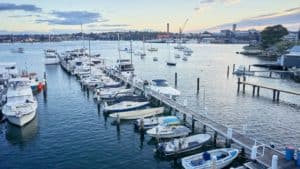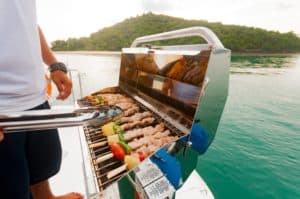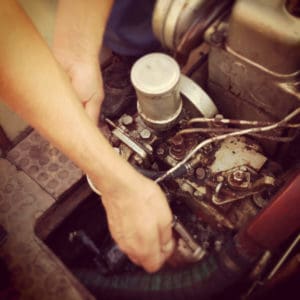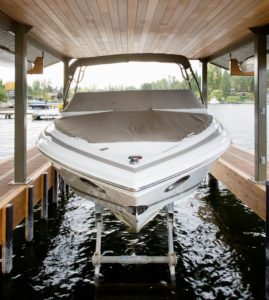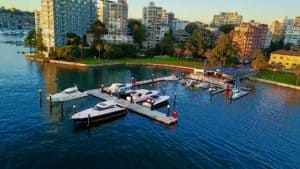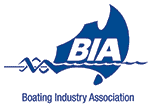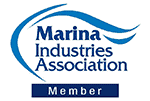Do you own a yacht, charter a boat, or spend time in a water vessel in New South Wales? If you do, then you know that safety is of the utmost importance.
The International Regulations for Preventing Collisions at Sea are in effect throughout the entirety of NSW and are modified through the Marine Safety Regulation of 2016. All masters of powered vessels must be aware of these laws.
So, before you hit the water, let’s go over some of the common questions you might have.
1. How Do I Get a Marine License?
If you’re over 12 years old, you can apply for a personal boat or watercraft license. You’ll start by determining which type of license you’ll need — this varies by type of craft.
- General Boating Driving License is for when you’re driving a powered vessel used for recreational purposes in NSW waters over 10 knots.
- PWC Driving License is required to drive at any speed in a vessel with a fully enclosed hull.
You can review study guides and take practice tests to help you prepare for your exam. Then, when you’re ready, you can take your test.
2. What About Life Vests?
There are many different lifejackets, based on the activity you’ll be performing in them. The NSW Maritime Boating Handbook can help you find the correct type for you. Due to the difficulty in fitting babies and infants into life jackets, it’s recommended that you do not bring children on a recreational boat. In addition, it’s advised you do not use inflatable lifejackets for children due to the fit and how they are activated.
3. Do I Need Safety Equipment for my Vessel?
Proper safety equipment depends on the size and type of your vessel and the waterway you are on. You can view more detailed safety equipment information on the NSW Government website. Also, all recreational vessels heading out more than two nautical miles from the coast are required to carry an approved 406 Mhz emergency position indicating radio beacon (EPIRB). It is recommended that all vessels have an EPIRB regardless of location. Read more about EPIRBs.
4. How Fast Can I Go?
There are no designated safe speeds to keep your vessel within, as there are several variables to consider. A “safe speed” is one where you can stop the ship to avoid danger. When judging speed, some issues to consider are visibility, time of day, location, and the number of other vessels, navigation hazards, weather, and the maneuverability of your own craft. You can see a more detailed breakdown with examples at the Roads and Maritime Services site.
5. Is There a Safe Distance to Maintain?
In addition to monitoring your speed to be safe, you need to take distance into account. When driving any vessel, keep the boat and any people or other vessels you are towing 60 meters away from people in the water, dive flags, and other vessels. You do not need to observe this when in an unpowered craft.
6. Who has the Right of Way?
As the master of a powered vessel, you must give way to:
- Sailing vessels
- Vessels approaching head-on
- Vessels displaying special lights and signals
- Large vessels restricted in their maneuverability
- Any vessel that is being actively overtaken
- Vessels engaged in fishing activities and showing appropriate signs.
In case of any of these situations, alter course to give the other vessel the right of way.
7. What Do the Different Sound Signals Mean?
Vessels may make their intentions known through audio signaling. Here are the basic definitions with audio examples:
- 1 Short Blast – I am altering course to Starboard (Right)
- 2 Short Blasts – I am altering course to Port (Left)
- 3 Short Blasts – I am operating engines astern (stopping/slowing or reversing)
- 5 Short Blasts – I am unsure of your intentions, and I doubt whether you are taking sufficient action to avoid a collision
- 1 Long Blast – I am nearing a bend where an intervening obstruction may obscure another vessel.
In case of any of these situations, alter course to give the other vessel the right of way.
8. What Do I Do in Designated Swimming Areas?
Vessels may not operate in designated swimming areas unless permitted by signage. A designated swimming area is defined as 60 meters out from shore between markers. In areas with surf patrol markers, this designation extends 500 meters instead.
9. What Do I Need to Know About Diving From a Boat?
Always keep an eye out for divers, snorkelers, spearfishers, and swimmers. A blue and white “Alpha” flag will designate nearby divers. Pilot with caution when within 200 meters of a designated diving zone.
If you are diving, you must display an “Alpha” flag. It’s recommended this be 40 cm x 40 cm minimum, rigid, and flown in a vertical position at least one meter above the vessel. If you need to place the flag at a float/buoy, the flag must be at least 2 meters off the water’s surface.
10. What Do I Do In a Mooring Area?
Waterways in NSW often have mooring areas designated. Vessels are not required to have lights lit in these areas, so check local maps or charts to know where these locations are or contact your local Roads and Maritime center for details of mooring areas.
11. What Do I Do If There’s An Incident?
If your vessel is in immediate danger, you are involved in an incident or witness an incident/danger, call triple zero (000) immediately. Otherwise, call the Water Police in your area and provide the details.
If you wish to discuss any other matter relating to maritime safety, follow the guidelines listed on the NSW Government website.
12. Who Do I Ask If I Have More Questions?
If you have follow-up questions, didn’t see your answer here, or need help, there is an easy solution: contact Corleone Marinas!
No matter if you’re a boating enthusiast or a charter yacht service, NSW offers a wide range of destinations that are sure to please. Corleone Marinas offer four stunning locations around Sydney. Whether a resident or visitor, we provide berths, moorings, and slipways to provide excellent care of your boat.
We also have a Shipwright and Marine Mechanic to keep your boat in top shape. If you experience an issue on the water or in the slip, our mechanics diagnose, repair, and maintain your boat while you’re on shore enjoying the sights and sounds. Contact us today, and let’s have some fun on the water.


